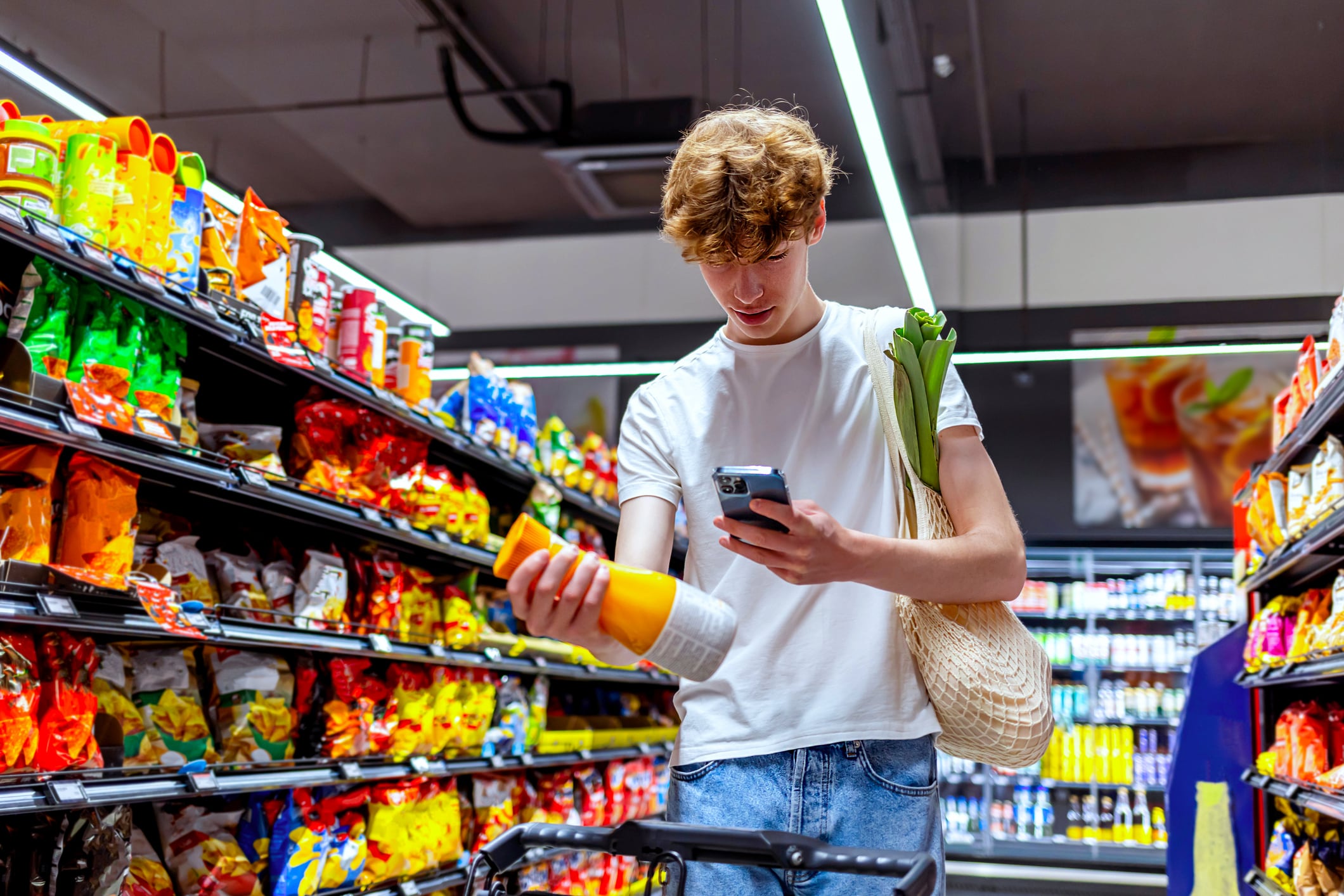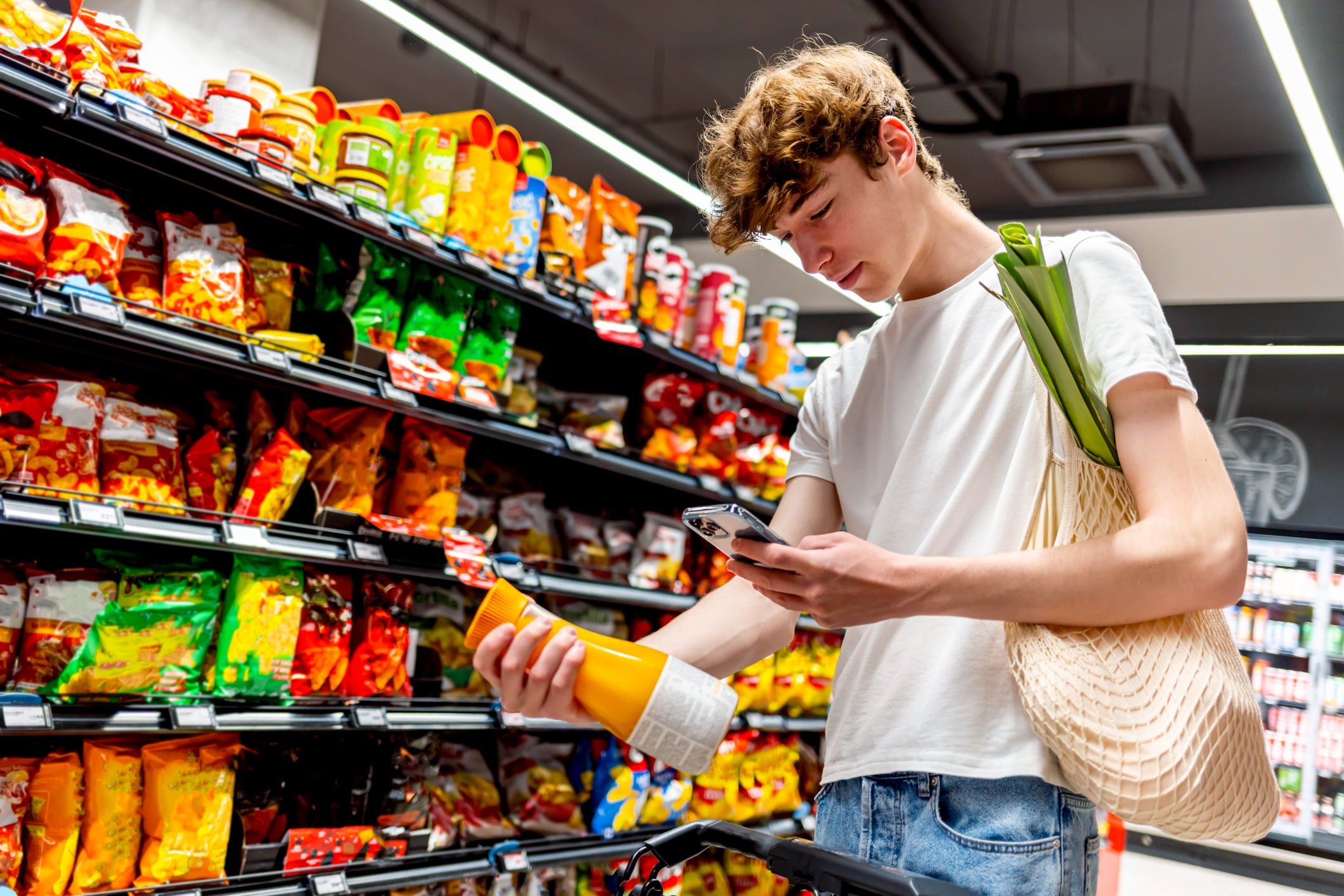The QR code movement that took hold during the pandemic may have changed how brands connect with consumers, but much of the industry is still relying on outdated technology – and losing customers in the process, according to one insider.
While static QR codes became ubiquitous across packaging in recent years, their limitations are increasingly apparent to CPG companies. Once printed, static QR codes cannot be updated without reprinting the packaging. That means if a URL changes or a promotion expires, the brand risks delivering a dead end — or worse, losing the customer entirely.
Enter dynamic QR codes, explains Ravi Pratap Maddimsetty, CTO for Uniqode, an end-to-end QR code management platform.
“Businesses have been switching to what are called dynamic QR codes,” said Maddimsetty. “The main difference really is with a dynamic QR code, you can modify what is delivered when the consumer scans that QR code at any time.”
While dynamic QR codes might look identical to static codes on the surface, what happens behind the scan is entirely different.
Ravi Pratap Maddimsetty, CTO, Uniqode
Uniqode’s centralized platform provides brands the ability to create, organize and manage dynamic QR codes across campaigns, business units and use cases – eliminating the confusion that often comes when departments use different tools and generators, Maddimsetty said. More importantly, dynamic QR codes give CPG companies flexibility and control, even after packaging has shipped, he added.
Three of the top reasons CPG brands use dynamic QR codes today, according to Uniqode
- Consumer information and transparency – including sourcing, sustainability and nutrition data
- Email capture – encouraging sign-ups for mailing lists or brand communities
- Surveys and sampling feedback – enabling real-time insights from consumers
Brands using Uniqode can log into a self-service dashboard to view and modify their QR codes.
This means marketers can run multiple campaigns using the same printed QR code, swapping out content on the backend – whether they are pointing to different landing pages, tracking regional engagement, or A/B testing new offers, Maddimsetty said.
Another key advantage to dynamic QR codes? Data
“With dynamic QR codes, you can see how many folks scanned it. Did you get 25, did you get 2,000, did you get 250,000? All of that is possible,” said Maddimsetty. “You can use it to determine which of the campaigns are working better than the others.”
As QR codes become increasingly embedded in consumer experiences and retail infrastructure – particularly with the upcoming transition of traditional barcodes to 2D barcodes (such as QR codes) as part of the GS1 Sunrise 2027 initiative – brands are rethinking the role of packaging in a digital-first landscape, he explained.
“CPG companies should really leverage the real estate that they have on their own products and use that to establish a direct connection with their customers,” Maddimsetty said.
That connection, however, is only as good as the experience it unlocks. One of the biggest mistakes brands make, he explained, is sending consumers to outdated or irrelevant destinations.
“They sometimes send a QR code to a destination that doesn’t exist anymore,” he said. “You don’t want someone to think, ‘That scan was useless. I shouldn’t bother scanning QR codes for this business again.’”
Instead, successful implementations prioritize value: from transparency and traceability to nutritional information, loyalty sign-ups, sampling surveys and more.
And while dynamic QR codes might look identical to static codes on the surface, what happens behind the scan is entirely different.
“The dynamic QR code has a certain URL encoded, and that URL is tied to the backend,” where “it knows how to redirect that content on the fly,” Maddimsetty said. “There’s no need to write any code. It’s all in the user interface. You just log in, generate and configure.”
For CPG brands, that simplicity could be the difference between a missed opportunity and a loyal customer, he added.




